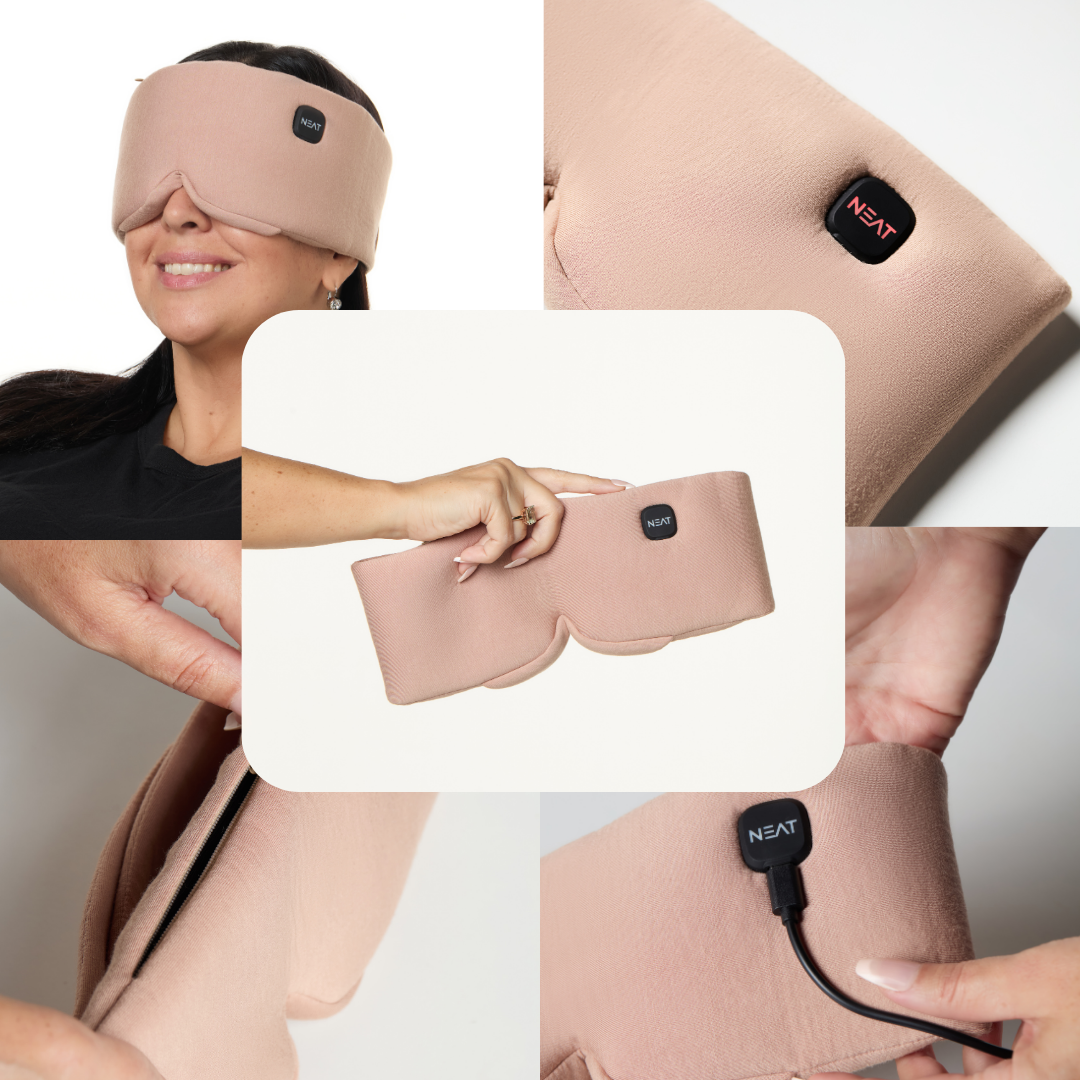I’ve always been a light sleeper. The smallest bit of light sneaking under the curtains—or worse, that annoying blue glow from a charger—was enough to wake me up. I tried regular sleep masks, but they leaked light around the edges, slipped off during the night, and left me frustrated. When I finally switched to a fully blackout eye mask, the difference was so immediate it almost felt unfair. Backed by sleep research, blackout masks can improve rest quality in ways a thin piece of fabric just can’t match.
Why blocking light matters for sleep
Light is the most powerful signal for our circadian rhythm, the body’s internal clock. Even small amounts of light can suppress melatonin, the hormone that helps us fall asleep and stay asleep. Research has shown that exposure to light during sleep is linked to reduced REM cycles, shallower sleep, and next-day fatigue. That’s why a truly blackout environment—not just “mostly dark”—can make such a noticeable difference.
Regular masks vs blackout masks
Most standard masks block some light but not all. They often let brightness leak in through the nose bridge or sides, especially if you move around. Fully blackout designs, on the other hand, contour around the eyes and nose to seal out stray light completely. This doesn’t just help you fall asleep faster; it also helps your body stay in deeper sleep phases longer.
I tested this myself during a week of travel. With a regular mask on a red-eye flight, I kept waking up every time the cabin lights flicked on. The next trip, I used a blackout mask, and for the first time, I slept almost through the entire flight. The difference wasn’t subtle—it was night and day, literally.
How blackout masks compare to other options
| Sleep Aid Option | Effectiveness at Blocking Light | Comfort Level | Scientific Backing | Practical Use | My Experience |
|---|---|---|---|---|---|
| Regular Sleep Mask | ⭐⭐ | Medium | Minimal | Easy to use, slips easily | Better than nothing, but light leaked in. |
| Blackout Curtains | ⭐⭐⭐⭐ | N/A | Strong | Great at home, not portable | Excellent at home but useless when traveling. |
| Eye Pillow/Weighted Mask | ⭐⭐ | Medium–High | Limited | Relaxing, but still lets light in | Cozy, but I woke up earlier than I wanted. |
| Fully Blackout Eye Mask | ⭐⭐⭐⭐ | High | Strong | Portable, consistent | The only thing that worked on flights and hotels. |
Honest pros and cons
Blackout masks aren’t perfect. They can feel bulkier than slim masks, and not everyone likes the secure wraparound fit. But compared with restless nights, they’re a small adjustment. And unlike blackout curtains, you can take them anywhere—whether you’re at home, in a hotel, or trying to nap on a plane.
My experience after switching
Once I made the swap, I noticed I fell asleep faster, stayed asleep longer, and woke up feeling less groggy. It wasn’t just “better sleep”—it was the kind of sleep that felt restorative. I realized I had been underestimating how much even tiny amounts of light were affecting me. For me, a blackout mask became less of a travel accessory and more of a nightly necessity.
Final thoughts
Sleep is one of the most important pillars of health, yet most of us overlook the impact of our environment. Creating total darkness is one of the simplest, most effective ways to improve rest. A fully blackout mask is a small, low-tech upgrade, but it can unlock a deeper level of rest that other options just don’t provide.
Common questions
Do blackout masks really help you sleep better?
Yes. Research shows total darkness helps maintain melatonin levels and deeper sleep stages.
Are blackout masks safe to wear all night?
Absolutely. Most are designed to be lightweight and breathable.
How do blackout masks compare to blackout curtains?
Curtains work well at home, but masks are portable and reliable anywhere.
Can blackout masks help with jet lag?
Yes. By blocking light, they help your body adjust faster to new time zones.

